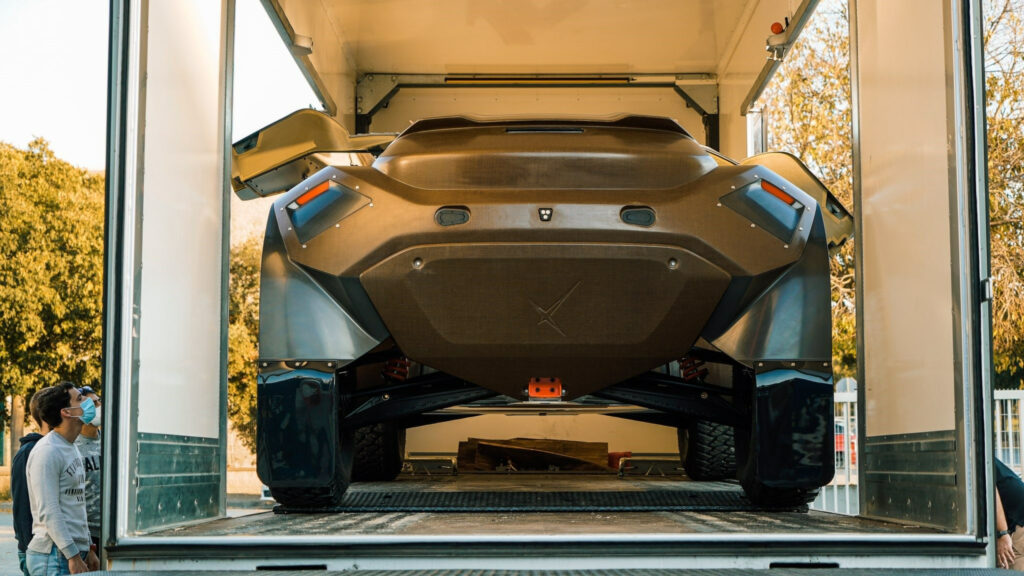The all-electric Spark Odyssey SUV features Bcomp’s natural fiber ampliTex ™ and powerRibs ™ in the body, designed by Spark Racing Technology. The properties of flax fiber will be tested in the tough conditions of Extreme’s first season.
Bcomp’s powerRibs ™ reinforcing grid in combination with its ampliTex ™ fabrics created sustainable bodies with the same stiffness and weight as carbon fiber.
If the material breaks, it results in dull edges rather than sharp parts, improving driver safety and the safety of race teams and spectators.
Related content: Keep strengthening! Extreme E will improve its brand strategy in collaboration with VMATCH
The damping properties are improved by 250%, reducing noise and vibration levels, which also benefits drivers by reducing fatigue.
The Spark Odyssey weighs just 1,650 kilograms, measures 2.3 meters wide, has 550 horsepower and can accelerate from 0 to 100 kilometers per hour in 4.5 seconds.

Image: Extreme Bcomp
Sustainability is also addressed, as the use of natural fiber offers an 85% reduction in CO2 emissions from cradle to grave.
Théophile Gouzin, Technical Director at Spark Racing Technology, said: “Bcomp’s natural fibre technologies are a perfect match for the goals we set for ourselves in Extreme E, achieving the highest level of sustainable performance and safety. We are very happy about the successful collaboration with Bcomp as both companies are technology leaders in sustainable motorsports.”
Read also: Extreme E: Desert X Prix E attracts 18.5 million views on TikTok
“We are thrilled to be working with Spark to provide our sustainable lightweighting solutions for the Odyssey bodywork. Having our technology involved in this series is an incredible opportunity for Bcomp; racing in such a wide variety of locations, climates and terrains will really test our materials and conclusively demonstrate their capability and performance,” , commented Christian Fischer, CEO and Co-Founder at Bcomp.
“Sustainable composites offer a practical path forward for so many industries, motorsport included. Given the volume of production, consumption, waste and emissions involved in the supply, use and disposal of carbon fibre, the implementation of sustainable composites is a clear step in the right direction,” he concluded.
Writen by I Jhonattan González



















